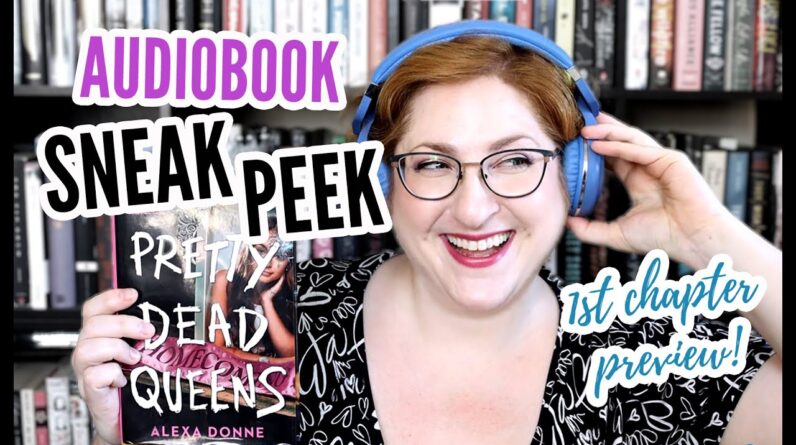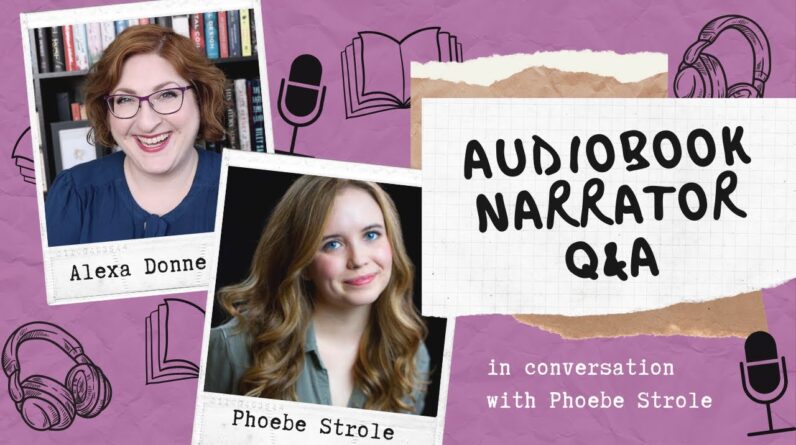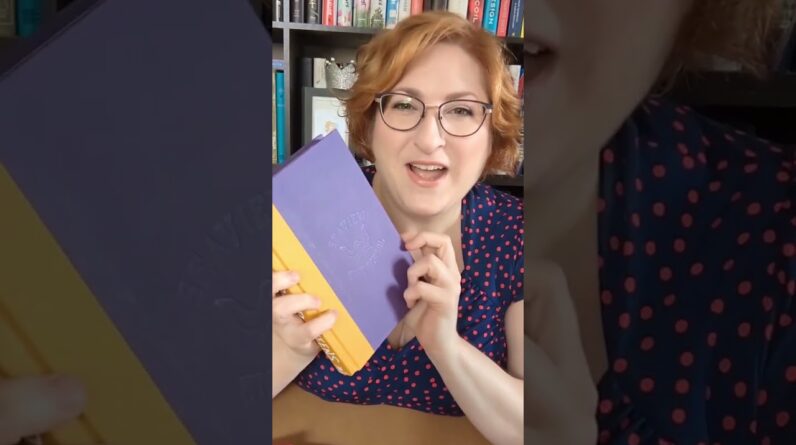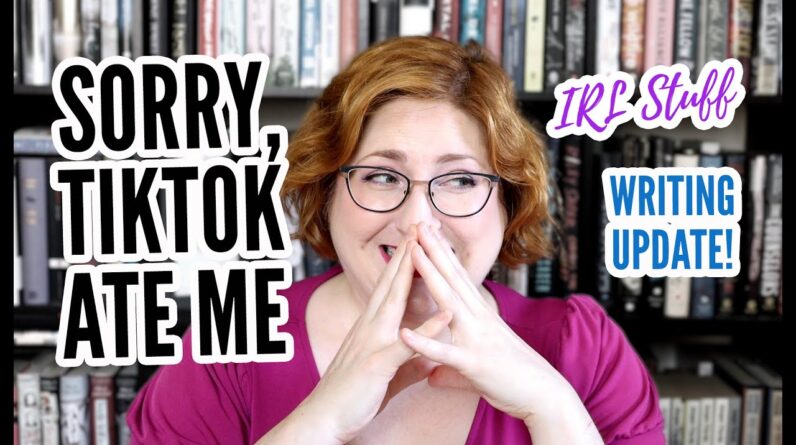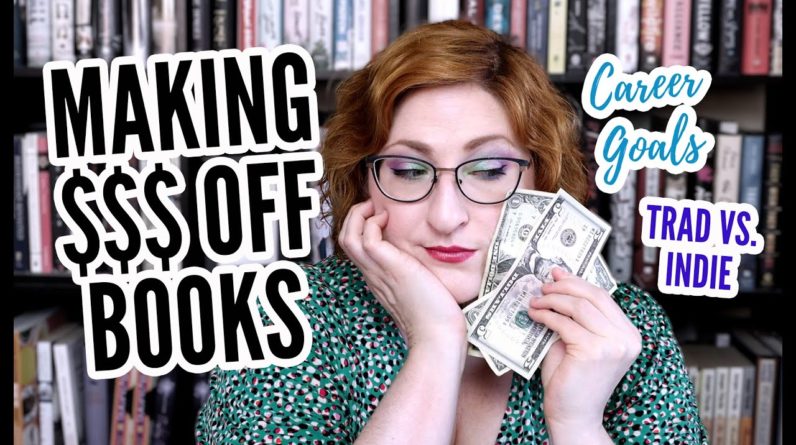The Hero Journey Motif As a Tool for Reading and Writing
One motif stands out as a foundation for guiding my students to in-depth analysis of literature as well as writing their own short fiction–the hero journey. Once students understand the basic components of this archetypal pattern, they can analyze or write a story more easily. Joseph Campbell’s model allows students to see that the hero stories of mythology are really their own stories, the symbolic pieces of all our lives.
So Start Your Book Already, and Write Like the WindPeople love to buy books that show them how to live a better life. Your experiences are unique. You have been tested and have gone through the trial by fire. You are now prepared to write your book to teach others how to find security and satisfaction, just as you were able to. And, as you help others, you create a new income stream for yourself.
Beefing Up Your Closing Paragraphs: Some Tips for AuthorsNew authors may have trouble with closing paragraphs and that’s to be expected. Established authors can have trouble with these paragraphs as well. What could you include in a closing paragraph? What should you avoid?
Improving Your Work: A Book Author’s Ongoing ChallengeWhen you have written several books it’s easy to slip into a rut. Without realizing it, the author’s work can become predictable and even trite. Still, authors can try to make each book better than the last. What are your options?
How to Develop Villainous Characteristic Traits in Your WritingAn effective fictional villain has, to my mind, one essential characteristic. The villain should build up in the reader a passionate desire for his or her comeuppance. If the novel ends without one, or the villain is allowed to triumph, that makes for a profound sense of dissatisfaction in the reader.
Getting the Creative Juices Flowing – Do You Write by Hand, on a Computer, Or a Vintage Typewriter?Each way to write–by hand, on a computer or even on a vintage typewriter–suits one part of your writing process best. Check out these six tips for using these methods of writing to help get your creative juices flowing and overcome writer’s block.
To Write Excellent Children’s Stories, Your Characters Must EvolveDon Soraco, a friend and playwright who passed before his time carried a critical theme in all of his work. He called it “taking a second look.” At some point in his play, one or more of the characters was called upon, perhaps even forced, to take a second look at another character. Typically this character has already discarded or discounted the other character for some reason. However, on taking this second look, the character would come to see, appreciate, and understand something good and special about the other.
Striking a Balance Between Your Writing Life and Personal LifeIt’s easy for writers to become consumed by work. There are deadlines to meet, writing problems to solve, and marketing challenges to meet. A writer’s life can become tedious without regular breaks. This article, by a long-term writer, tells how she finds balance between her work and personal lives.
Fonzi’s Jacket, Archie Bunker’s Chair and Richer Expressions of Literary CubismLiterary cubism is a potent and provocative technique for creating fiction. It’s traditionally focused on various modes of written expression. This article suggests that a richer and perhaps more expressive mode of this literary technique couples visual and tactile formats with words.
Creating Characters That Come To LifeCharacters are the backbone of any story. Setting, plot, none of the other major parts of a story are going to do much of anything without characters to bring the whole thing to life. With such an important role to fill, there must be ample thought and care when creating them.
Author Inspiration: Is It Pure Intellect or Emotional Intelligence?Authors find inspiration in unusual places. Sometimes a book idea comes to them out of the blue. What is the basis of these ideas? Do they all become books? Read this article and learn about an experienced author’s emotional intelligence in action.
Kinesiology in Writing (Stimulating the Brain to Enhance Creativity)If I were to tell you that writing was a whole brain function, would you agree? At the basic level, most people know that the right hemisphere of the brain handles creativity, while the left hemisphere deals primarily with logic. Therefore, writing is a whole brain function since an author needs both creativity and logic to bring his or her story to life. Learn how a few simple body movements can enhance your creativity in writing.


